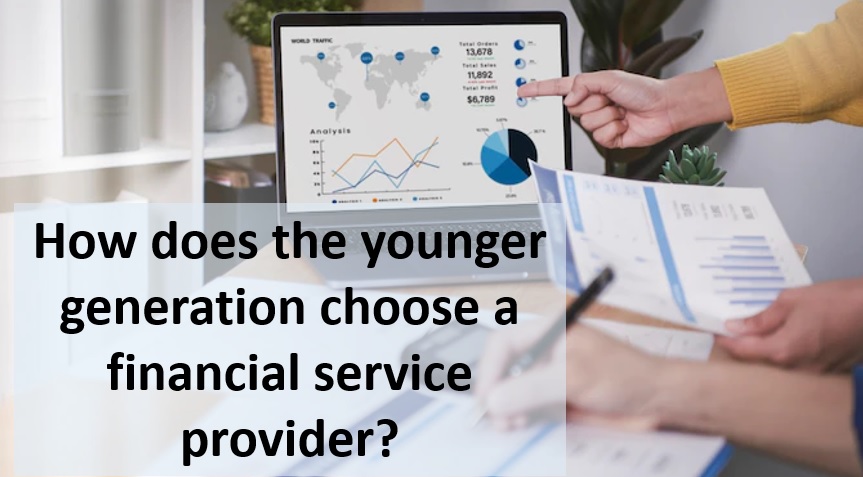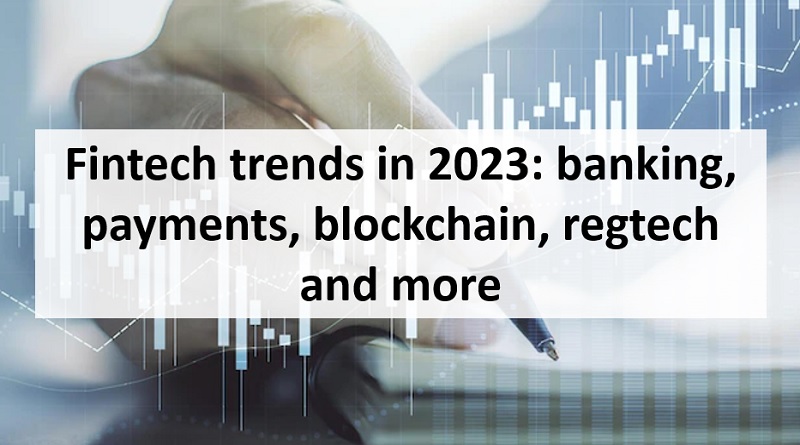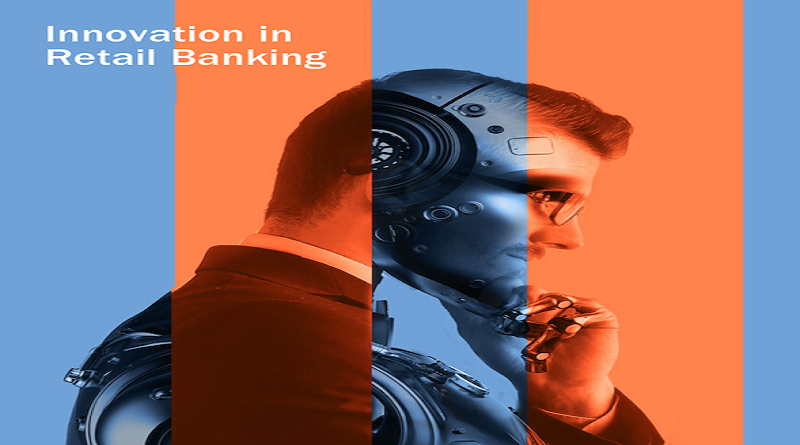Younger generations are demanding accessible digital banking services from their providers. They turn to neobanks and fintech unicorns like Robinhood to do their banking, payments, and investments. Neobanks, the bank in which all their services are online and accessible digitally, and the fintech unicorn, the startup that has reached a valuation of $1 billion, are attracting the next generation. children with their first digital products.
Fintech’s growth is undeniable – around the world, we see their growing success. It is predicted that there will be just under 50 million neobank account holders in the United States by 2024. Monzo, a UK-based challenger bank founded in 2015, is now valued at $4.5 billion, proving the huge profitability of targeting the younger generation with digital banking services. Most of Monzo’s customers are under the age of 34 and actively monitor and optimize their funds.
Generation Z enters the financial market
Born between the 1990s and early 2010s, the oldest of Generation Z are looking to invest and find mortgages, while the youngest are opening their first savings and checking accounts. their ancestors. The focus is on millennials, but Gen Z is not a generation that can be ignored and is quickly becoming a profitable customer base. But what do they expect from their financial providers and what attracts them to new fintech players?
The importance of support
As the first generation to be digitally native, Generation Z is more comfortable with technology to make money. Most of them have grown up during the 2008 recession, and the oldest of them are entering the workforce after the pandemic with another recession and the cost of living crisis looming. stalking. This has led the generation to look for a trusted advisor when looking for financial services.
The emergence of “FinTok,” a community on the popular app TikTok for sharing financial advice, in recent years, has demonstrated the value of the human touch. Since exploding during the lockdown in 2020, TikTok has ceased to be just a popular dance video-sharing app. It is an educational resource for the younger generation, also a video application and a search engine.
In particular, FinTok is a community that provides tips on personal finance, investing and cryptocurrencies or saving money during the cost of living crisis. There are a number of TikTokers who made a career by providing financial literacy to the younger generation.
Traditional banks are starting to find their way to TikTok, but the bottom line is that Gen Z is looking for trustworthy advice on money management, and once they absorb that information, they’ll be ready to take advantage of the benefits of Financial Services.
Build trust
As a digitally savvy and socially conscious generation, Gen Z is looking for a financial institution they can trust not only with their personal data, but also to provide reliable services. meaningful and positive impact on the world. By embedding ESG in banking, financial services are aligning with Gen Z values.
Younger generations are acutely aware of the importance of personal data, identity and credit protection when doing digital banking. Leveraging cutting-edge AI technology will enable banks to attract and maintain market share for the younger generation by delivering a personalized experience through an intuitive and sophisticated user interface, with blocking capabilities. Advanced fraud. AI is enabling financial institutions to move from providing services to creating end-to-end user experiences.
For example, make recommendations to customers as they shop, or make more informed decisions about customers based on their data.
Banks and financial institutions that cannot rethink their banking and lending operations with a digital mindset will not be able to compete with new banks and rising fintech unicorns. Large financial institutions have already begun looking to reach the younger generation by increasing the availability of digital services, but more needs to be done to ease account access and check balances. ESG, education and personalization to compete with the growing competition of fintech.










